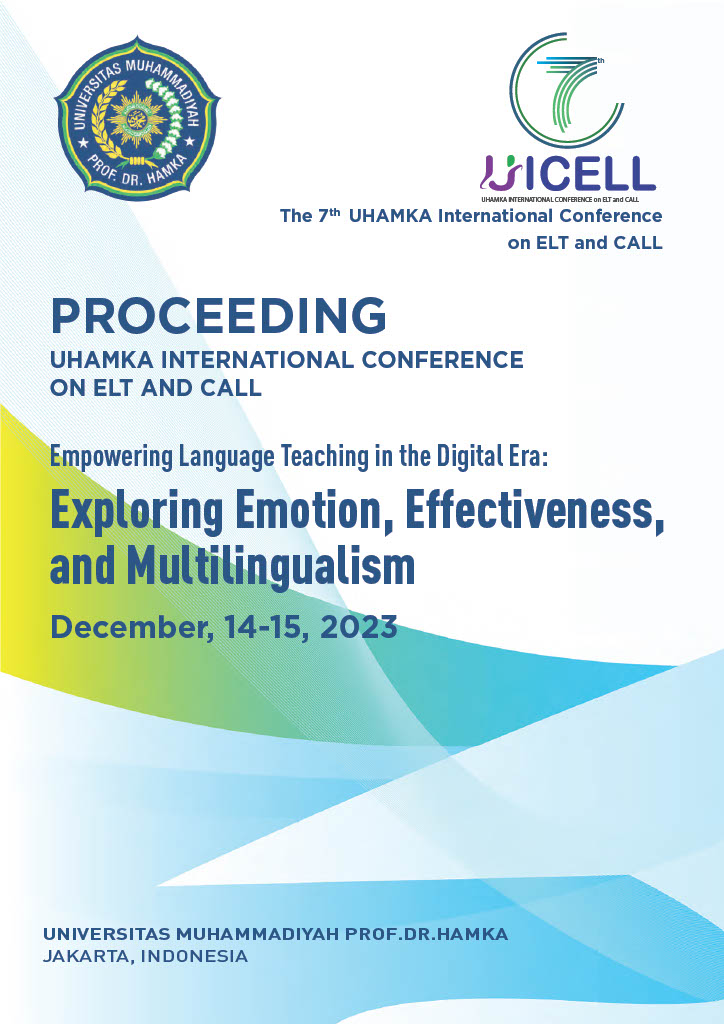THE FACTORIAL STRUCTURE OF FOREIGN LANGUAGE COMMUNICATION ANXIETY IN AN ONLINE ESP COURSE CONTEXT
Abstract
Foreign language communication anxiety (FLCA) has already been recognized as one of the most debilitating affective factors that can hinder L2 learning and acquisition. The current study aimed at establishing the factorial structure of FLCA in the context of online teaching of English for Specific Purposes (ESP). The research was conducted on a sample of 103 second- and third-year undergraduate university students of Economics, Business economics and Informatics at the Juraj Dobrila University of Pula, Croatia. The research instrument used was a 22-item questionnaire adapted from the Extended Foreign Language Communication Anxiety Measure (FLCA-22) (Guntzviller et al., 2016) to reflect the online ESP classroom environment. The main results indicate that L2 communication anxiety is indeed present even among more experienced EFL learners. The research further establishes the underlying two-factor structure of FLCA, with both latent variables showing statistically significant positive correlations with the overall levels of FLCA: physical anxiety and fear of making mistakes, and comprehension anxiety and feelings of incompetence. Both the modified 22-item scale and the subscales extracted through factor analysis demonstrate high levels of internal consistency. The modified version of the FLCA scale is thus confirmed to be highly reliable in measuring L2 communication anxiety among online ESP learners at tertiary level of education.
Keywords: foreign language communication anxiety (FLCA); L2 communication anxiety; English for Specific Purposes (ESP); online ESP learners; synchronous ESP classes; online language teaching


